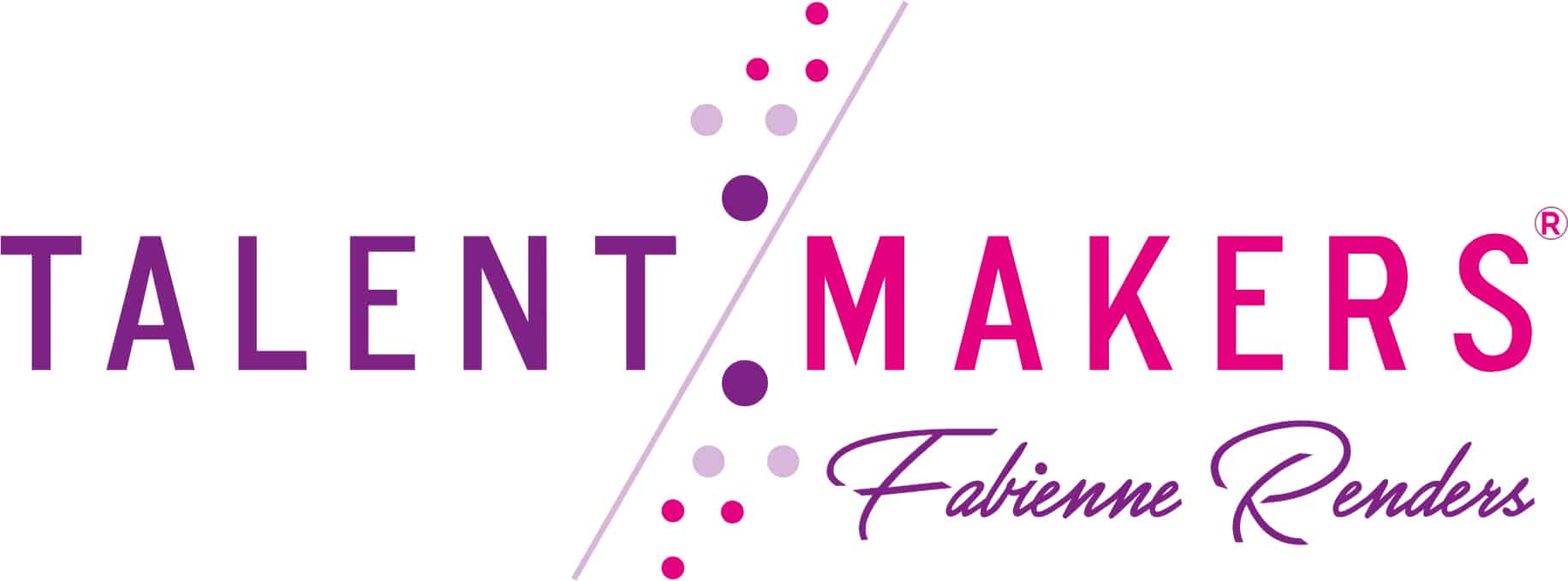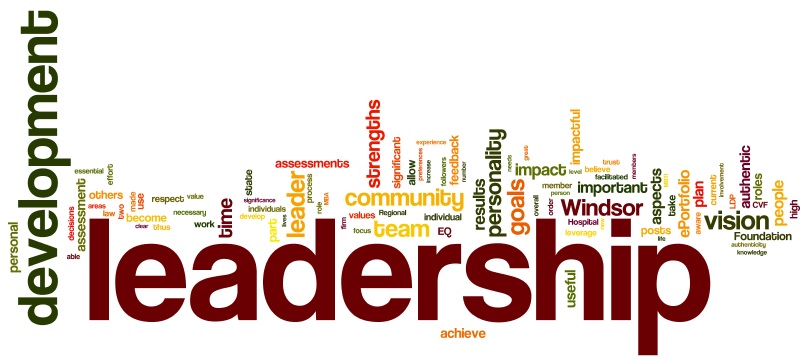Being a strong believer in the added value of learning & development programs, I am astonished about the learning and development ‘paradox’ I come across in my daily work as a Learning & Development Advisor with my clients, so here are some facts:
- Companies spending billions on leadership development training: a 2012 study found that US companies alone spend almost $14 billion annually on leadership development training.
- There is a ton of Learning & Development information available: thousands of articles, blog posts (and one more now ! J) , books on leadership, hundreds of executive programs at the world’s most prestigious universities and business schools, corporate customized leadership development programs at very high cost per person.
- In other words, there’s an enormous amount of effort, time and money being put in leadership development.
- Executives around the world rank leadership development as their number-one concern of their top three human-capital priorities
Considering all of the above, I’m surprised about the often ineffective way in which leadership development programs are being put in place.
In this blog post, I’ll give you 3 tips that can help you – CEO, CHRO, HR Director, Learning & Development Director, Training Manager, Business Leader – to develop effective leadership development programs, with a better return on investment.
# 1 – Link your leadership development program with your corporate culture, values and business strategy … and vice-versa!
When planning a leadership development initiative, the first question to be asked is: what, exactly, do you want to achieve with this program and does it fit with your organizational culture, values & strategy?
Another equal important question is: what is your leadership culture?
What does leadership mean at your organization, what is the definition and by which behavioral competencies is it embodied?
Talking about competencies: in most companies I often find complex leadership models, dozens of competencies and often ‘theoretical’ corporate values. Choose a small number of competencies that fit into your context and will make a significant difference to your business performance. Then, carefully design and implement your leadership development program in a way it offers continuous development of leadership at all Leadership development should not be a thing for “the happy few”. Execution of your business strategy takes place at all levels, and in particular at supervisory and middle management level, isn’t it?
Furthermore, every learning intervention is an opportunity to share and instill your company’s vision, mission, values and strategy. If done consequently and consistently, it will help you to build a strong corporate identity and culture.
# 2 – Commitment & involvement from both top and line management
All too often, true executive commitment and sponsorship is lacking. This is a shame as this is one of the most important critical success factors.
Any strategic leadership development effort must be supported by the executive team that should take up its role of ‘ambassador’ and sponsor of the program. Besides, executives should, in an early stage, be engaged in the design of the program and their own contribution to it. As key business stakeholders, together with your human resources/learning & development leaders, you work to shape the direction of the program in order to keep it relevant for your business strategy and context.
Furthermore, give the necessary attention and importance to the developmental role of leaders at all levels. They clearly have an important part to play in the development of their staff. Development of others should be seen as a fundamental part of every line manager’s role.
Therefore, coaching and guidance by the leader of leaders (and thus line manager) is a fundamental part of the learning activity that should be continued long after the ‘formal’ part of the program has ended.
# 3 – Hiring facilitators: go for the best fit!
I strongly recommend to work with external facilitators who are real specialists in their domain. And not only that: they also need to have the capability to quickly immerse themselves into both, your business and your company culture. It’s important to realize this and to book time and resources for this.
At the same time, however, the external facilitator should be able to challenge your leadership culture and to unlock critical thinking, self-reflection and learning.
In addition to external trainers, internal speakers and facilitators can add great value to the program and should definitely play a role in it (cfr. tip # 2.). In that case, make sure to call upon internal resources who possess the necessary facilitation skill set and who are inspiring speakers.
How do you make a success out of your leadership development programs? Please share your thoughts in the comments section as I learn just as much from you as you do from me.
∞∞
If your colleagues and network might be interested in this article, please do share.
They will be grateful and so will I.


Fabienne, happy to read you! I subscribed to your newsletter I’ll be one of the many thousands loyal readers! 🙂 Keep on the good work!
I like those three things you can do to avoid failure. I’ve consulted with NASA the past 6-7 years and helped to design and conduct their leadership development courses for participants from various organization levels (10-12 days over 4 months). This approach reduces the”elitism” tag for training and begins the leadership process early in participant careers.